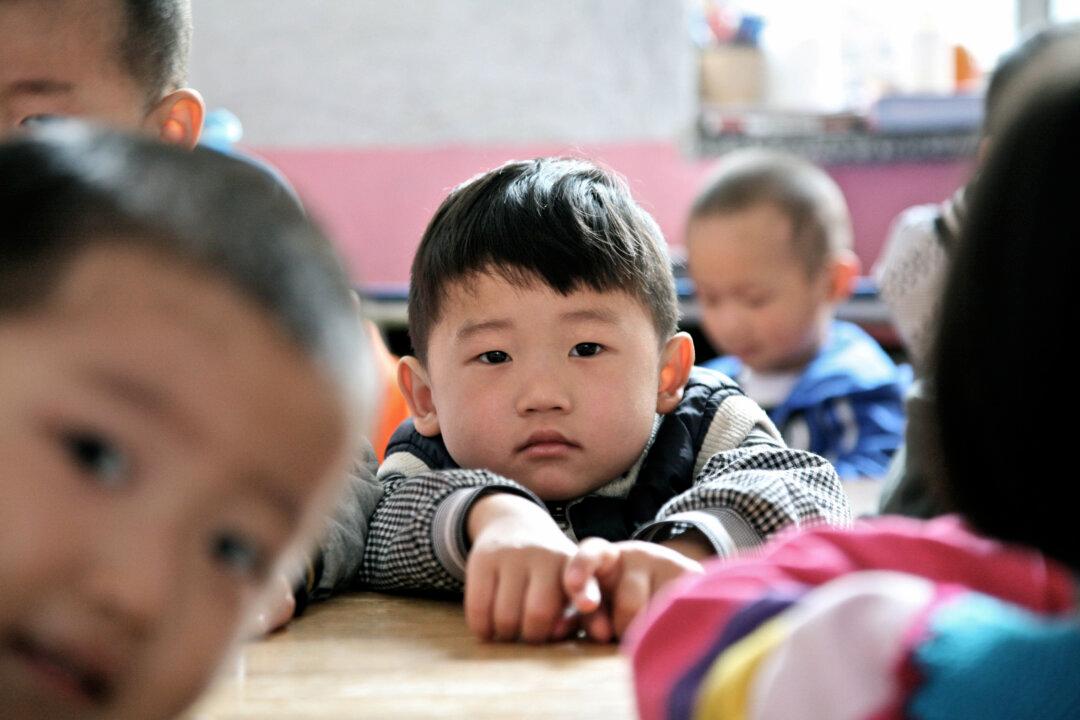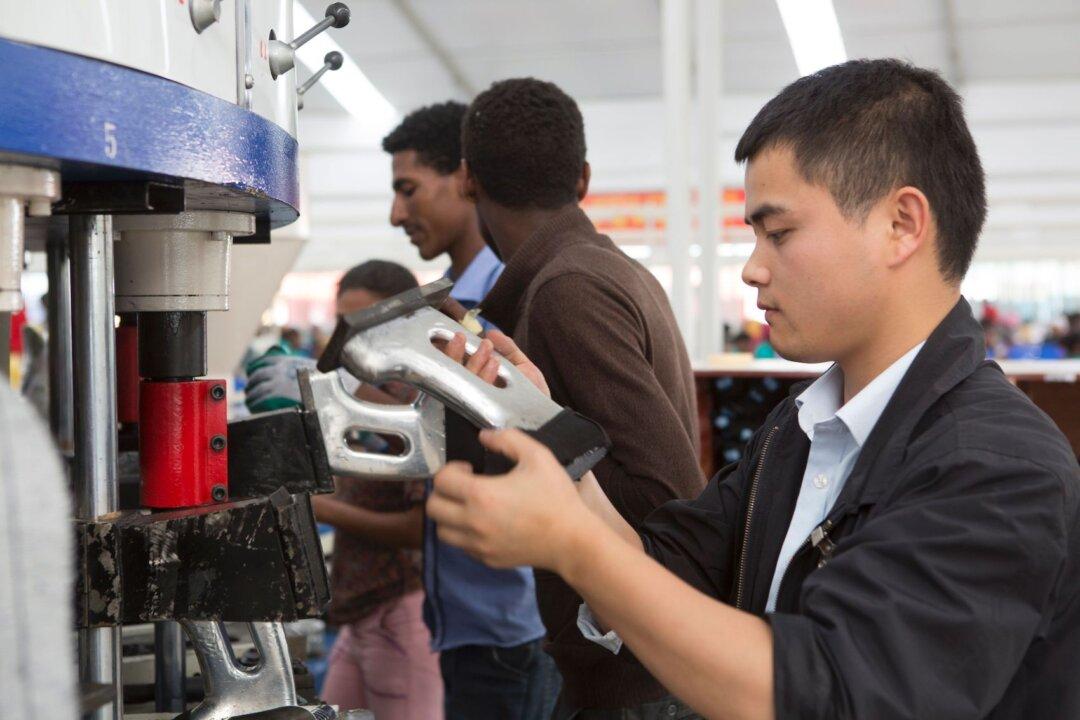In the face of a sharp drop in China’s birth rate, the Chinese Communist Party (CCP) authorities have introduced a number of policies to encourage childbirth, but so far, none has worked. The desire to have babies among people of childbearing age continues to decline. However, instead of reviewing and correcting the mistakes of its ever-shifting anti-humanity policies, the CCP continues to issue bizarre edicts that the outside world cannot understand.

Young Chinese children attend a preschool in Beijing, China, on April 26, 2012. STR/AFP/Getty Images
Ben Liang is a contributor to The Epoch Times with a focus on China-related topics.
Author’s Selected Articles




